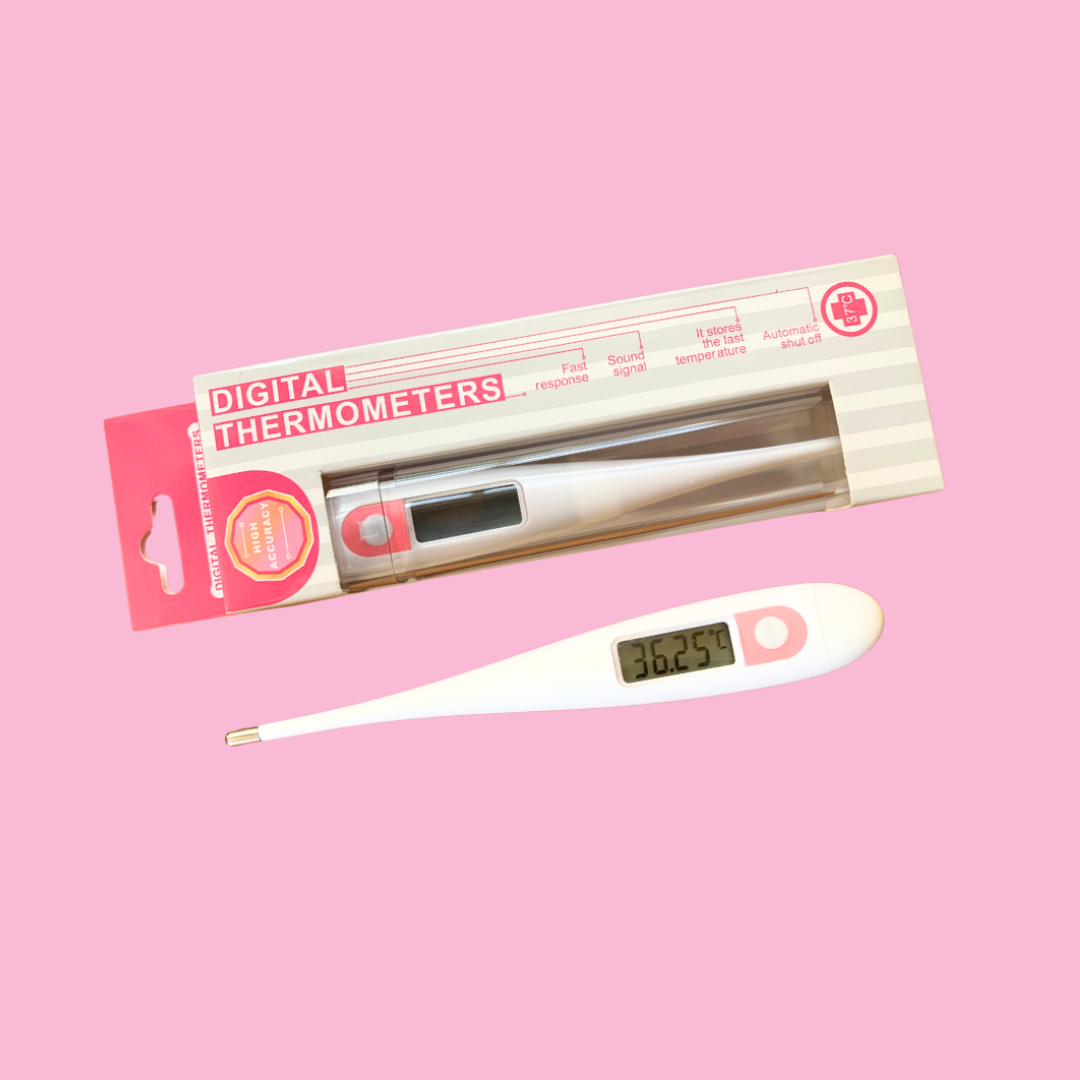Basal body temperature: What does it mean?
If you are trying to conceive (TTC), you have probably heard about tracking the basal body temperature (BBT), the body’s temperature when resting. It can offer valuable insights into your menstrual cycle. When you ovulate, your BBT typically experiences a subtle rise, signalling the optimal time for conception.
To make BBT tracking work for you, establish a consistent routine. Take your temperature at the same time every morning, preferably before getting out of bed. Even on weekends, maintain this schedule. The goal is to capture your body's baseline temperature before any significant activity.
As you gather data, patterns will emerge. Pay attention to the subtle shifts in temperature. Ovulation is usually indicated by a temperature increase of at least 0.20 degrees that lasts for at least three consecutive days. This temperature shift signals that it's prime time for conception.
Most women generally register 36 and 36.66 degrees before ovulation and 36.20 and 37.20 degrees after ovulation.
Basal body thermometer: Benefits of tracking
We offer basal body thermometers with unique features to make things easier for you. Some of them are listed below:
- The thermometer will beep once the basal body temperature is taken successfully.
- Memory function that allows you to access your BBT reading later on.
- It shuts off automatically to preserve the battery life.
- It comes with a plastic travel case that will help keep the ovulation thermometer safe throughout.
- Sensitive to two decimals for accurate results
How to use your basal thermometer
Most basal body thermometers can be used orally like their counterparts. However, your temp can be taken vaginally or rectally. The main thing is just to choose one method and stick with it to avoid getting different readings.
While charting your BBT, it’s recommended that you take the temperature when you’re at rest or immediately after waking up. So set the alarm, and once you wake up, place the ovulation thermometer in your mouth or vagina until the unit beeps. After taking the temperature, you can remove the thermometer and return to sleep until you’re ready to start your day. Even if you doze off, the auto shut-off will kick in to save your battery life, while the memory function will save the reading so you can record it in your chart later on.
How will you know if you’re getting an accurate reading?
There are several things other than ovulation that can increase your basal body temperature, so it’s essential to know them because they will affect the accuracy of your chart. These include:
- Illness and exhaustion
- Disturbed sleep or lack of sleep
- Smoking
- Sleeping with an electric blanket
- Alcohol consumption
- Emotional distress
Certain conditions like menopause and hypothyroidism can also affect basal body temperature by causing temperature fluctuations because of hot flashes.

